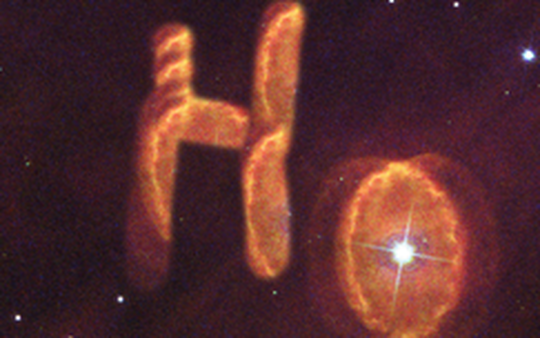Andreas Flörs
Postdoctoral Research Scientist
GSI Helmholtzzentrum für Schwerionenforschung
About Me
I am a postdoctoral research scientist at the GSI Helmholtzzentrum für Schwerionenforschung (GSI Helmholtz Centre for Heavy Ion Research) in Darmstadt/Germany. My research interests include theoretical atomic structure calculations, kilonova and supernova observations and radiative transfer simulations, and how we can combine these fields.
Interests
- Supernova & Kilonova Radiative Transfer
- Atomic Structure Calculations
- Atomic Data Aggregation
- Astronomical Data Reduction
- Artificial Intelligence
- Data Reduction Pipelines
- Statistical Analysis and Modelling
Education
-
PhD in Astrophysics, 2020
Max-Planck-Institute for Astrophysics / Technical University Munich
-
MSc in Nuclear, Particle and Astrophysics, 2017
Technical University Munich
-
BSc in Physics, 2015
Technical University Munich



